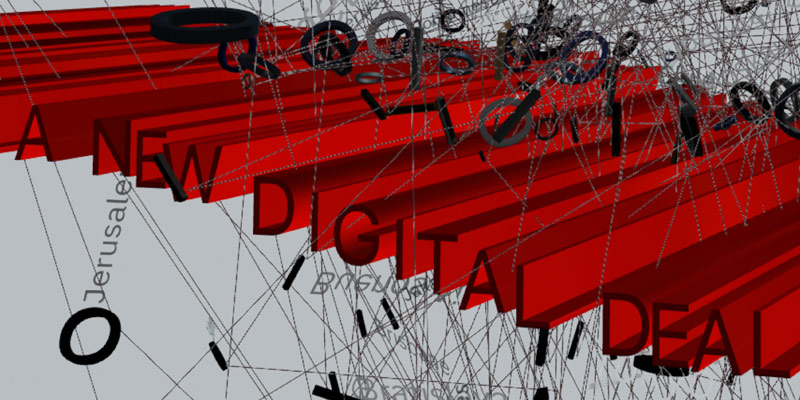Life Art

Artistic Journalism Tour led by Karen Palmer
Karen Palmer (UK)
The information and surveillance society, climate change, human rights issues... Artists are addressing social questions in an artistic way and asking us questions in the form of their artworks. It can be called artistic journalism. In this tour, we will take a look at some of the prize-winning works from the Prix Ars Electronica 2021 that address journalism from an artistic perspective and method, and talk to the artists about their work.

CyberArts 2021: Artificial Intelligence & Life Art
The new category Artificial Intelligence & Life Art is dedicated to artistic practice and thinking related with all areas of Artificial Intelligence and Life Sciences. Rewarded are artworks engaging critically and highly qualitative with Biotech, Genetic Engineering, Life Sciences as well as Robotic and Kinetic, Machine Learning, Deep Learning and any other form of Artificial Intelligence Research.
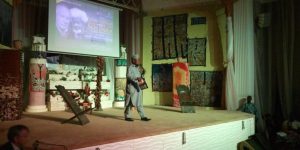
What The Hunter Saw
Makinde Adeniran (NG), Jerry Adesewo (NG)
The Abuja ARS Garden will also feature a premiere of What the Hunter Saw, a play by Makinde Adeniran, directed by Adesewo Fayaman Bay will be part of our offerings during the festival. Hunter Sho is the lead character in What the Hunter Saw, a character which depicts the personality of one of the world’s greatest literary giants of all time, Nigeria’s Professor Wole Soyinka.
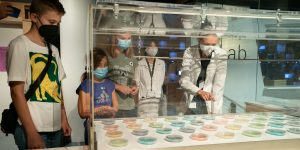
Bio Ink Experience
Ars Electronica Futurelab (AT)
In nature, we co-exist and interact with many organisms. Working with them helps us better understand other beings and ourselves. Our Bio Ink research goes beyond digital and human-centric technologies by exploring the concept of living ink that grows freely, in a creative symbiosis with nature and other organisms. In the research, biological inks comprised of various microorganisms are created in the bio lab.
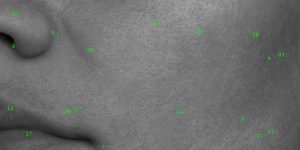
BIAS ONLINE
Science Gallery Dublin (IE) featuring work by Mushon Zer-Aviv (IL), Libby Heaney (GB), Johann Diedrick (US), and Noah Levenson (US)
Explore AI, ethics, trust and justice by spending some time navigating and interacting with a brand-new exhibition platform designed exclusively by Science Gallery Dublin for online use.
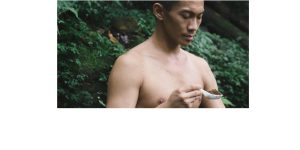
Earth Tour
André Chiang (TW), Billy Chang (TW), Hsin-Chien Huang (TW), Wen-Chieh Chang (TW)
The plants growing on earth nourish us, and someday we will all return to the ground. It is where life ends as well as begins. Soil is no doubt the stop for the transition of life. Thus, in the program “Earth Tour”, viewers will participate in a performance art called “Taste Soil”, which intends to rethink the relationship between humans and land by means of “eating.”
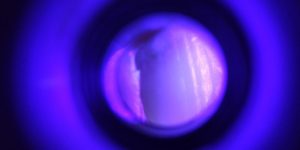
Zoom on matter. Ethnography of flattened embodiment
Karolina Żyniewicz (PL)
The pandemic years 2020/2021 could be called the era of flattened bodies. We got used to experiencing each other framed by the rectangular windows of various communication platforms. Where is the body? Is it still important?
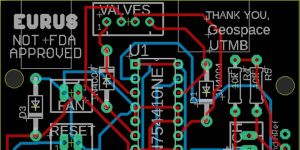
Eurus
Aisen Caro Chacin (US/ES/VE), Christopher Zahner (US)
As a response to the global shortage of ventilators we created Eurus, an emergency ventilator designed for resilience, adaptability, and patient safety, with on-hand hospital medical supplies and common electronic components. It was designed as a low-cost automation device for manual resuscitators, actuated by a blood-pressure cuff, which provides Automated and Assist/Control emergency ventilation to be easily assembled by hospitals in need.
